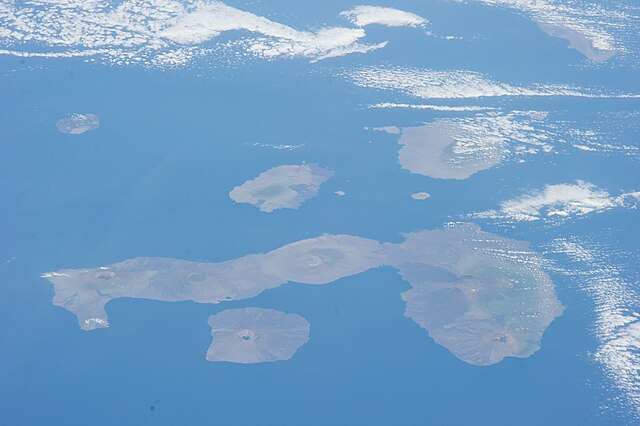
The Galápagos Islands
A Biodiversity Hotspot
The Galápagos Islands have long captivated the imagination of scientists, nature enthusiasts, and adventurers alike. This archipelago, located about 1,000 kilometres off the coast of Ecuador, is renowned for its extraordinary biodiversity and unique ecosystem. Often referred to as a living laboratory, they offer a glimpse into the wonders of evolution and the delicate balance of nature.
The Galápagos Islands are home to an astonishing array of plant and animal species, many of which are found nowhere else on Earth. The isolation of the islands, combined with their diverse micro-climates, has led to the evolution of distinct species that have adapted to their specific environments. Perhaps the most famous resident is the giant tortoise, which can live for over 100 years and weigh up to 400 kilograms. These gentle giants roam the islands at a leisurely pace, embodying the archipelago’s sense of tranquillity and timelessness.
Proving Darwin’s Theory Of Evolution
One of the most significant aspects of the Galápagos Islands is the role they played in shaping Charles Darwin’s theory of evolution. During his famous voyage aboard the HMS Beagle in the 19th century, he visited the archipelago and observed the unique characteristics of its inhabitants. The variety of finches, each with a distinct beak shape adapted for different food sources, particularly caught Darwin’s attention. This observation led him to develop his groundbreaking theory of natural selection, forever changing our understanding of life on Earth.
Today, the Galápagos Islands remain a living testament to Darwin’s theory. As well as being home to 13 species of finches, they host a multitude of other animals and plants that have evolved in isolation. From marine iguanas and blue-footed boobies to flightless cormorants and Galápagos penguins, the islands offer a captivating display of evolutionary adaptations.
Preserving The Galápagos Islands
Preservation efforts in the Galápagos have been instrumental in protecting this unique ecosystem. In 1959, the Ecuadorian government declared the archipelago a national park, and in 1978, the islands were designated a UNESCO World Heritage site. Strict regulations and conservation measures have been put in place to safeguard the islands’ delicate environmental balance and prevent the introduction of invasive species. These measures have contributed to the preservation of the Galápagos’ remarkable biodiversity and have made it a destination for eco-tourism and scientific research.
Visiting the Galápagos Islands is a once-in-a-lifetime experience, with tourism having understandably limited availability. Snorkelling in crystal-clear waters, you might find yourself swimming alongside sea turtles, playful sea lions, and schools of colourful fish. Hiking through volcanic landscapes, you can encounter endemic species of plants and animals found nowhere else on the planet. The Galápagos offer a unique opportunity to witness nature in its purest form and to appreciate the interconnection of all living things.
A Unique Wonder
The Galápagos Islands are a best illustration of the wonders of our natural world. Their extraordinary biodiversity, role in scientific discovery, and commitment to conservation make them a true marvel. Whether you’re an avid naturalist, a curious traveller, or simply someone who appreciates the beauty of our planet, the Galápagos are a destination that will leave you awestruck and inspired.